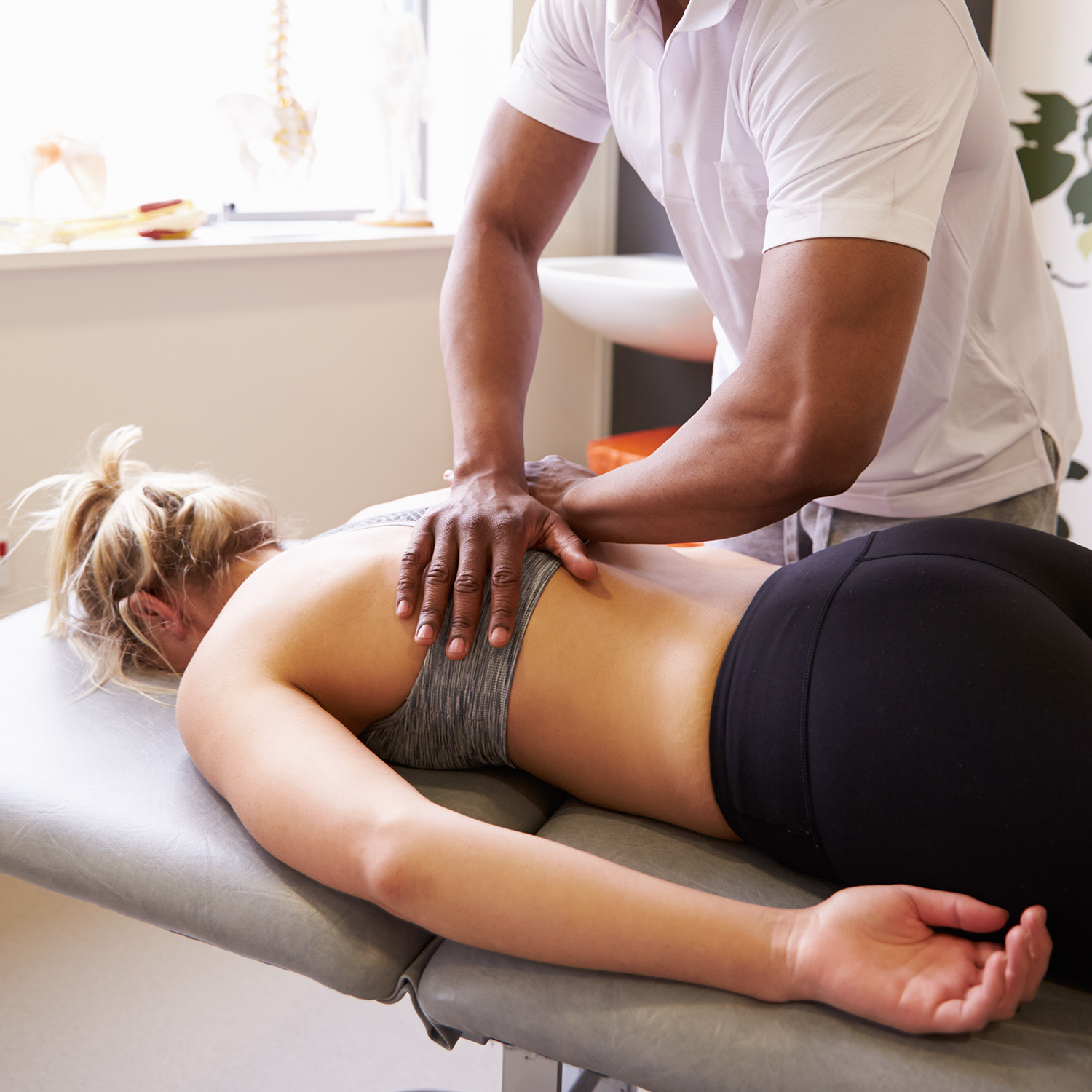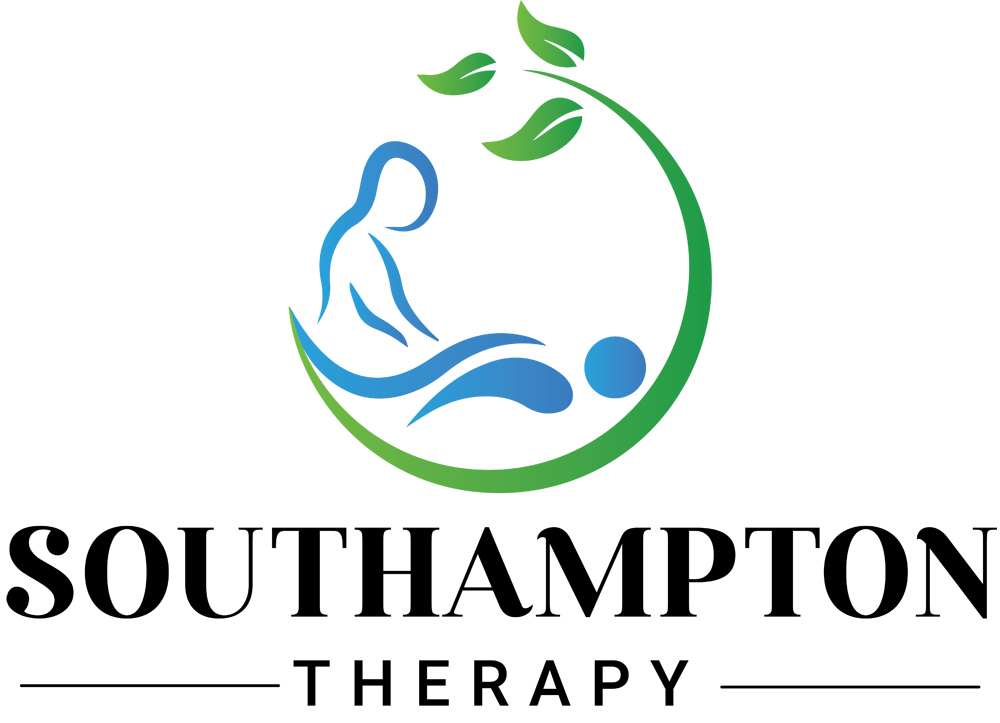Quality of Life

Here is a quick look at all of the smaller benefits that you can get from various massage therapy types.
Improved circulation is one of the many “quality of life” benefits of massage therapy.
Circulation is important. Poor circulation results in swelling, tightness, and tension. It leads to muscles that are not getting properly oxygenated, causing all manner of problems. It also means that vital nutrients are not being delivered to the muscles, further decreasing performance and causing problems.
Massage helps address this problem through friction. The movements stimulate the flow of blood, allowing for a return to proper circulation in the body. This restores the normal flow of nutrients and oxygen, as well as decreasing pain and swelling.


Poor posture can lead to joint aches and pains, as well as stiffness. One way to correct this is through massage techniques that promote increasing the range of movement, as well as flexibility. This, in turn, can slowly correct problematic posture.
Scar tissue is a natural occurrence, a response from the body to wounds and injuries. However, if it lingers too long, it can cause problems.
Scar tissue is made up of collagen fibres. These connect various tissues and are partly responsible for the repair of damaged sections of the body. However, it also reduces the elasticity of the tissues and can constrict the area. If they are not broken down once the body heals, it can reduce the range of motion.
Massage treatments can encourage target areas to break down the collagen. This is then safely absorbed back into the body without doing harm to the area the scar was meant to protect.
After an injury or surgery, a number of problems may arise during recovery. Swelling and pain are common, along with a tightness of the afflicted muscles. Stress is also typical. All of these can have an adverse effect on how the body heals, perhaps even slowing it down.
A number of massage techniques can be used to negate these issues. From helping increasing circulation to a target area to reducing stress, massage can help remove blocks and speed up the body’s natural healing processes.
What You Get
Deep Tissue Massage
This is a treatment that is focused on working on deeper layers of muscle, as well as connective tissues. The purpose is to help realign the tissues, which may have been deformed by accidents, injuries, or trauma.
It’s great for relaxing muscles and working on deeper musculature.
Instrument-Assisted Soft Tissue Mobilisation
This is a treatment designed to locate and treat soft tissue dysfunctions. It relies on the use of tools, addressing muscular and skeletal conditions through the application of friction techniques on the skin.
The primary function is to break down scar tissue.
Mechanical Massage
This treatment is used in combination with other approaches, aimed towards the soft tissues. This may utilize a number of equipment and is designed for targeting specific zones or affecting larger, deeper parts of the body.
It fulfils the same function as manual massage therapies but is preferred by some due to a lack of the personal element.
Remedial Massage
This is meant to treat deep and superficial tissues alike. This treatment relies on the use of a number of skilled techniques, aimed at manipulating soft tissues. It also sees use as a method of relaxation, reducing pain and normalizing muscular tissues.
Sports Massage
This is a deep tissue mobilization treatment. Despite the name, it is applied in both a sporting and non-sporting context. The term covers a wide range of techniques and methodologies, such as kneading and hacking.
Sports massage might see a use for general relaxation. It is also used as part of a treatment regimen for athletes, relieving muscular tension and mobilizing tissues.
Swedish Massage
Gentle and vigorous, this therapeutic approach uses massage techniques and strokes to promote relaxation. Gentle methods are used to warm up muscles and increase circulation. More vigorous techniques break down soft tissues.
Swedish massage can be used as a treatment for many conditions.
Therapeutic Massage
This is involved in the mobilization of soft tissues, often to induce relaxation. This process uses a combination of specific techniques to produce the effects. It might be used to decrease pain, reduce stress, or to improve circulation and reduce heart rate.

